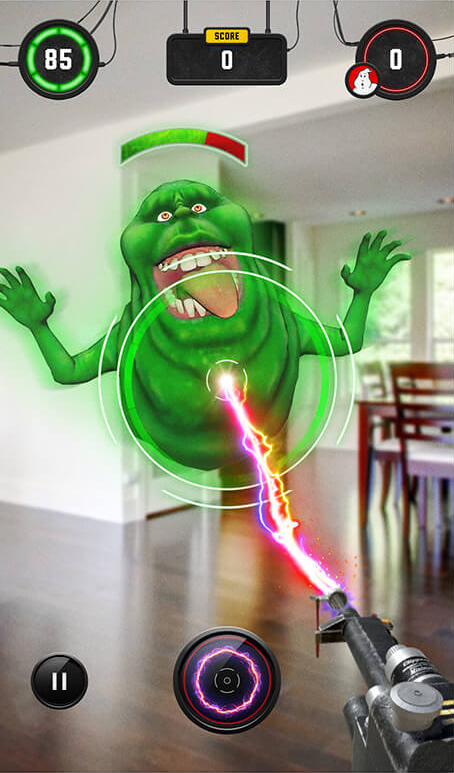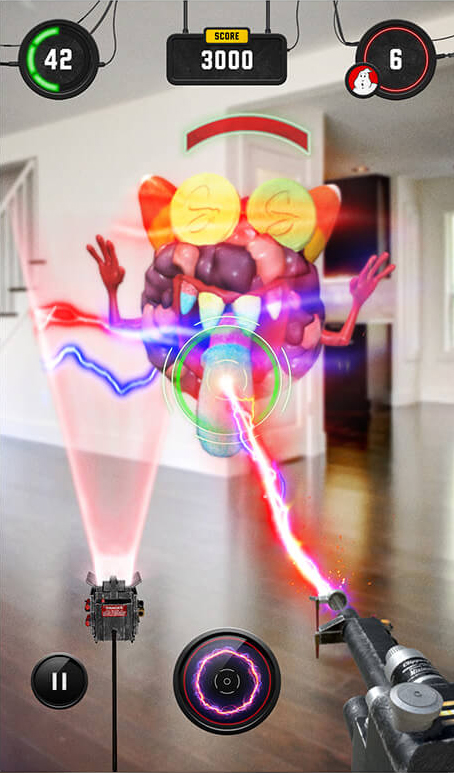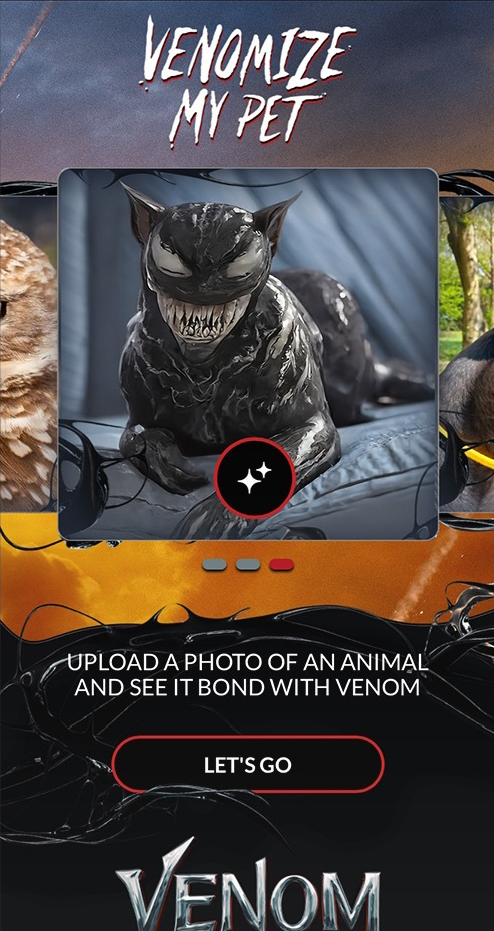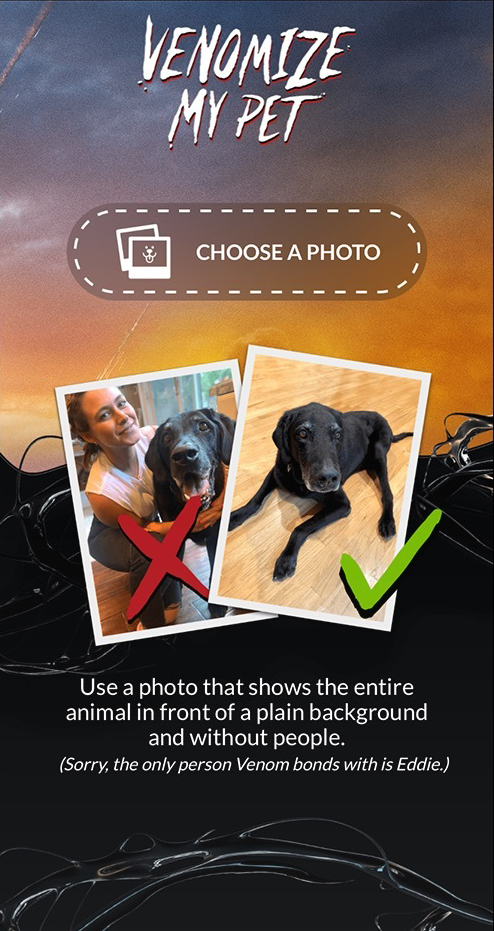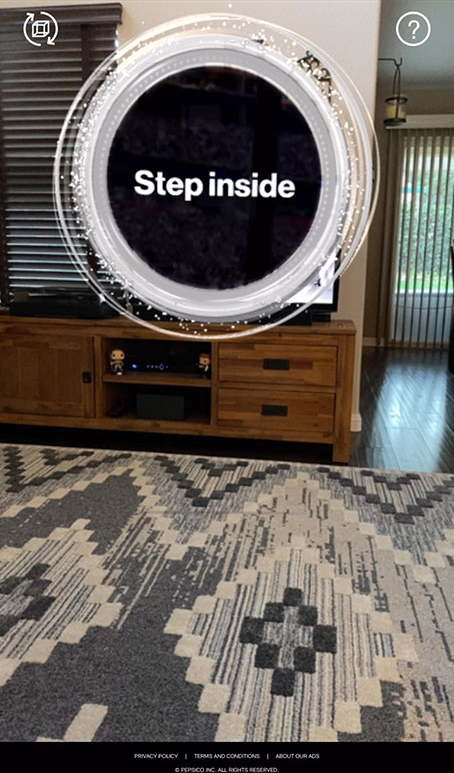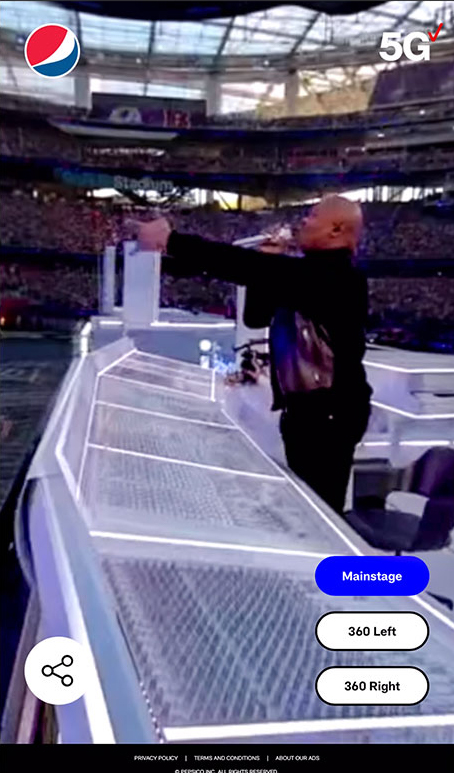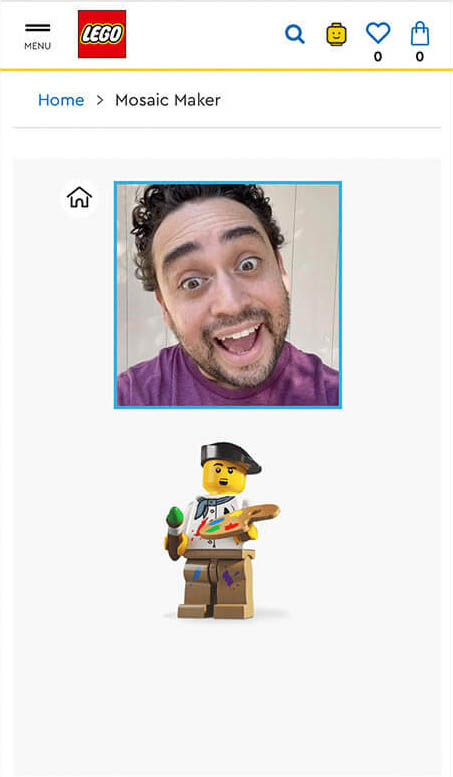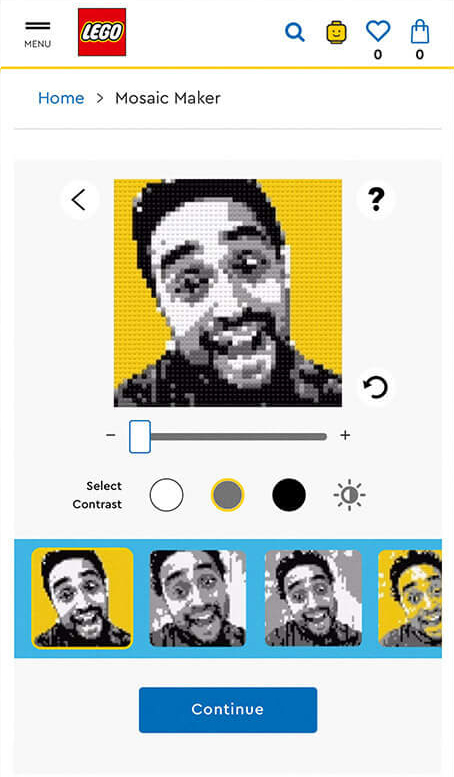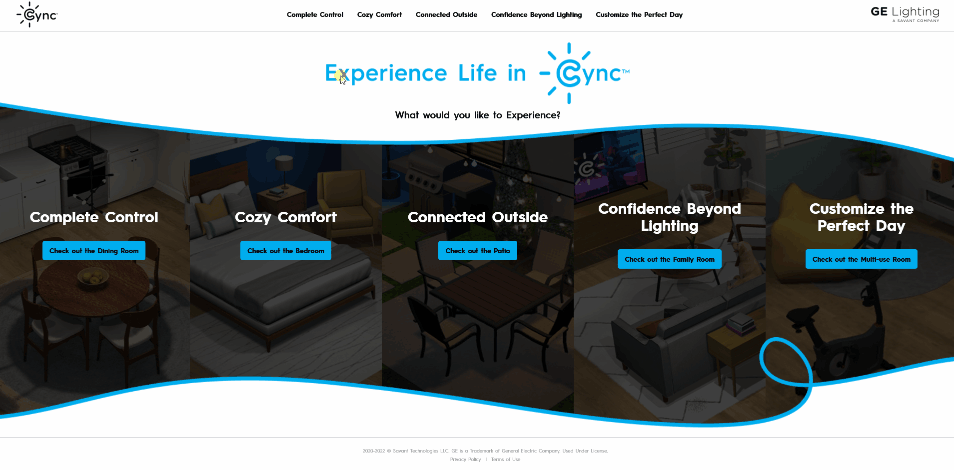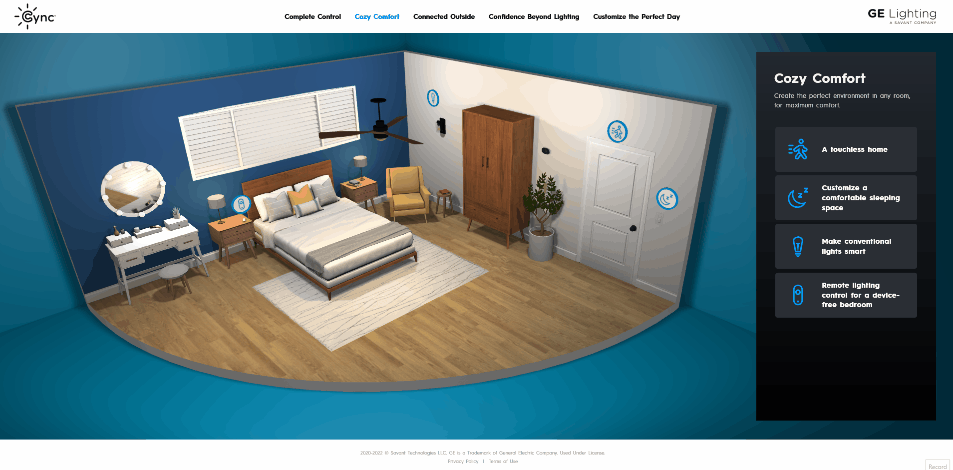About me
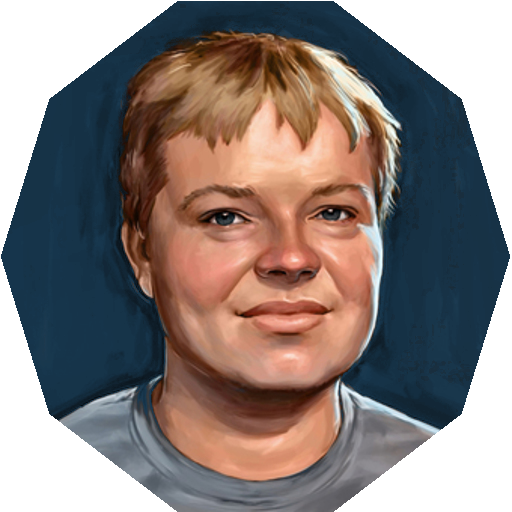
With over 6 years working in software engineering, 3 of which in a senior role, I have become an expert in web development. My focus throughout these years has been AR, VR and other innovative technology like AI. In addition to all the tried and true standard web frameworks, I use web-based game engines on a daily basis like PlayCanvas and 8th Wall studio, both of which are built on top of three.js.
Outside of software development, I'm extremely passionate about board games, game design, anime and tabletop RPGs. I've DMed several different TTRPG systems including Monster of the Week, The Wildsea and even a few I created myself, with a focus on building entertaining sandboxes for my friends and adapting to their antics! They also have been helping me test and iterate on a board game I've been creating, one of the many I've created in my life but finally one I want to try and release to the world.
View Resume